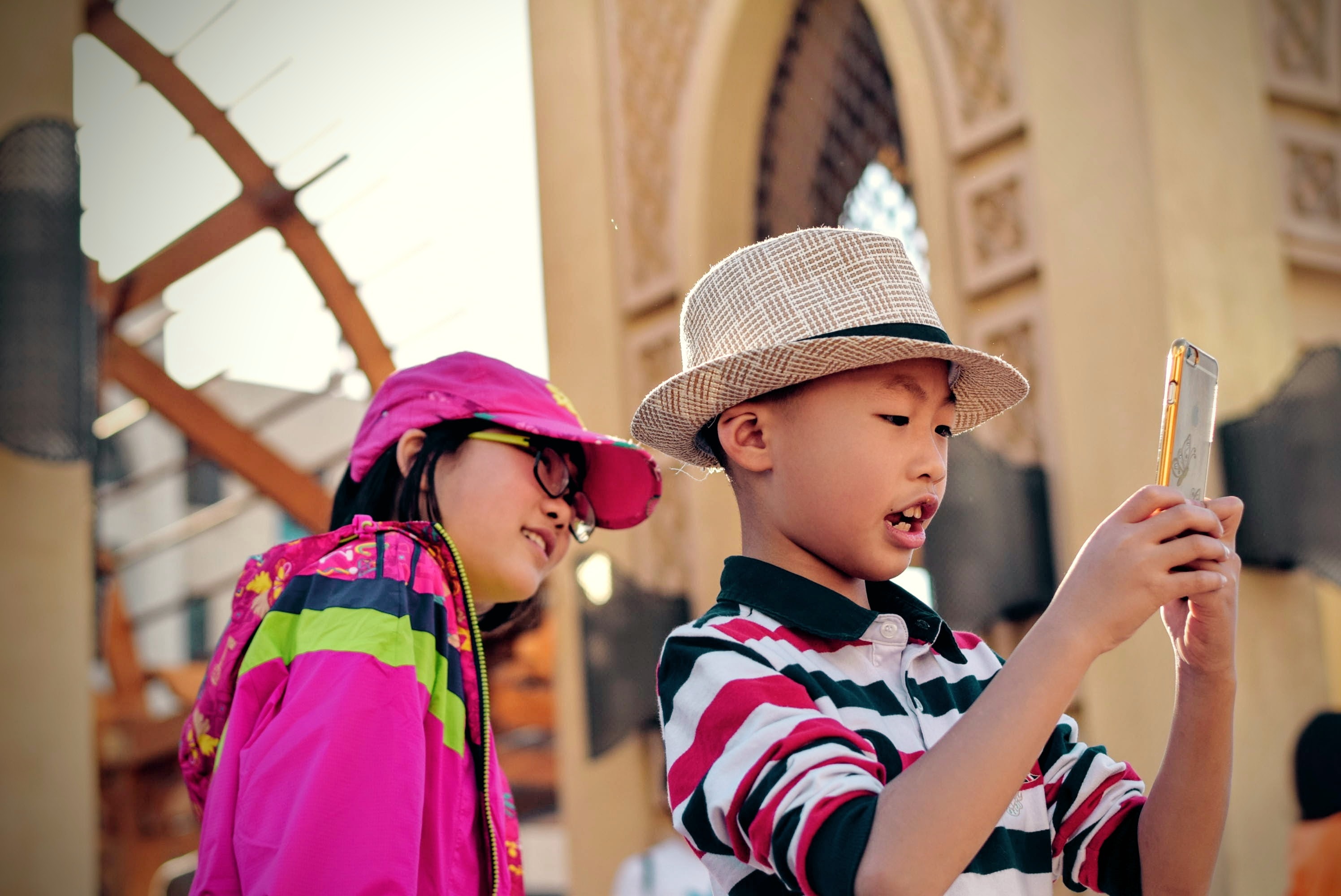About
The use of the mobile phone in the classroom is an inadmissible and punishable act by specific regulations in most of the Portuguese schools. This perspective is based on the premise that the phone is perceived as a distraction factor (Froese et al., 2012) because it interrupts the rhythm of the class when it plays or vibrates, because it is used to copy (Pickett & Thomas, 2006) or, in the extreme, for cyberbullying (Holfeld, 2012). The students' temptation to look at the phone during class, to read or write messages, to consult Facebook, etc., and write a simple message, can reduce the understanding of what is being taught in a percentage that can vary between 10% and 20% (Lawson & Henderson, 2015). In addition to these facts, Thoonen, Sleegers, Peetsma and Oort (2011) also highlight the decrease in student motivation as a well-known phenomenon across borders and point to the problem of student identification with the school environment, i.e., the school is not responding to their needs, interests and values. On the other hand, literature is profuse in identifying the purpose of scientific literacy for all (Caamaño, 2005; Lopes et al., 2009; Silva, 2010) and to broaden the view of the usefulness of scientific knowledge to cultural, social and ethical dimensions and to support the understanding of the value of science for the individual and society (Silva, 2010).
Perhaps for these reasons there are several studies that refer to a growing motivation of the students in the classes where the mobile phone is used. Thus, it is recognized that students will be more predisposed and will be involved in a certain task if it includes the active and dynamic use of smartphones (Maia-Lima, Silva & Pereira, 2016). In this sense, it will be developed and applied didactic material that allows to realize the impact of the use of this resource in the learning of science and mathematics and made a survey of the opinion of those involved in this process - teachers and students.




